Optimal Timing for Pool Fencing Installation
Pool fencing is a crucial safety feature that helps prevent accidental drownings and unauthorized access. The optimal time to install pool fencing depends on various factors including weather conditions, project planning, and local regulations. Proper timing ensures the installation process is efficient and compliant with safety standards.
Spring offers mild weather and longer daylight hours, making it ideal for installing pool fencing before peak swimming season.
Installing fencing in early summer allows completion before the busiest outdoor activity months, ensuring safety during peak usage.
Fall can be a good time for installation due to cooler weather and less demand, allowing for flexible scheduling and quality work.
Winter installation is possible in warmer climates or with temporary coverings, but generally less preferred due to weather constraints.

Spring is ideal for installing pool fencing as weather begins to warm and schedules open up.
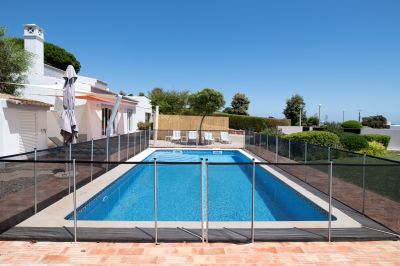
Early summer installations ensure safety measures are in place before outdoor activities increase.
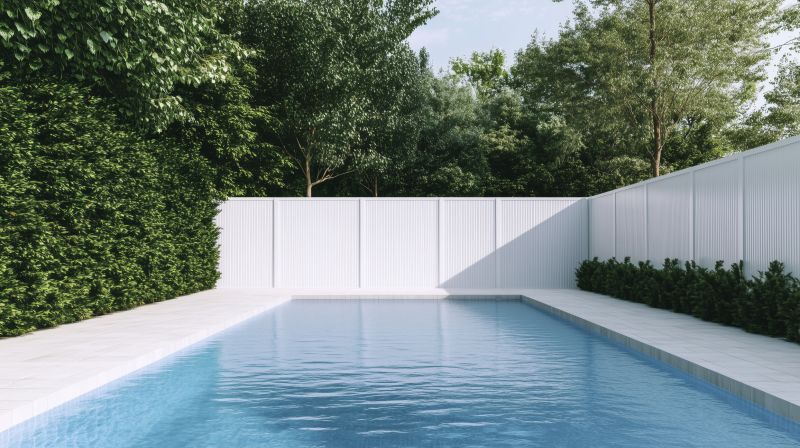
Fall provides a quieter period for installation, often with more flexible scheduling options.
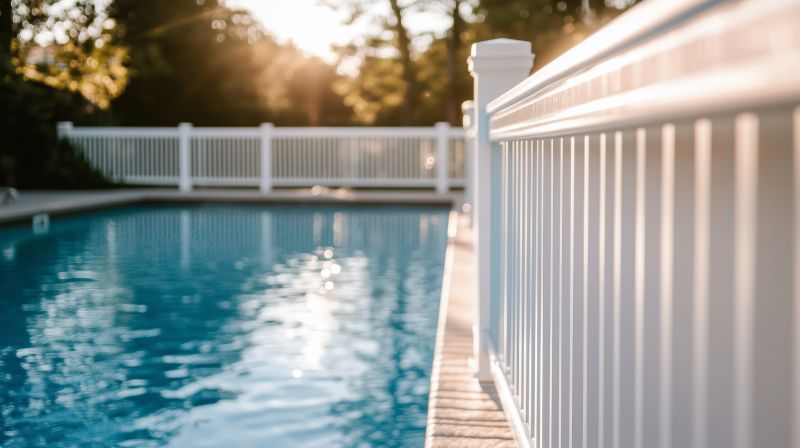
In milder climates, winter installation can be feasible with appropriate planning.
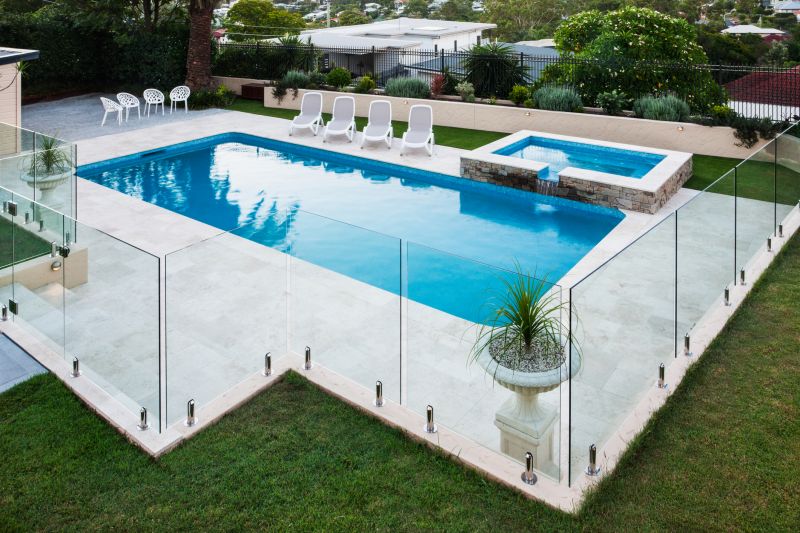
Ways to make Pool Fencings work in tight or awkward layouts.
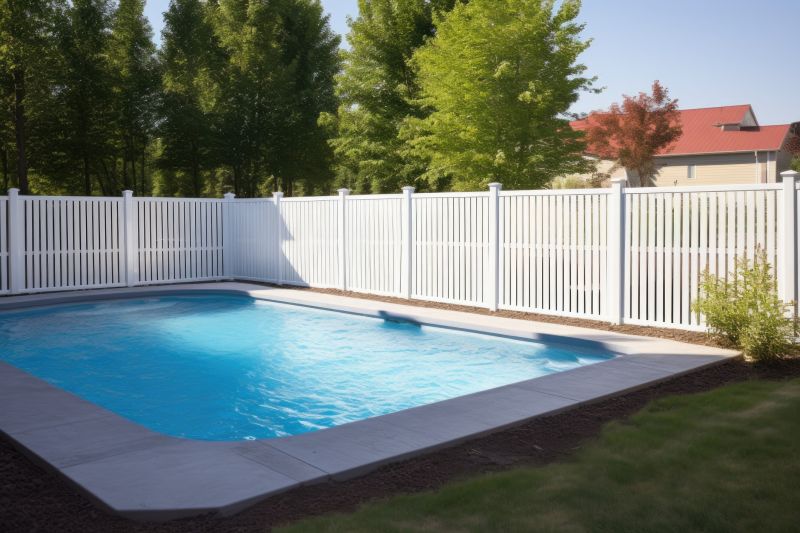
Popular materials for Pool Fencings and why they hold up over time.
| Season | Advantages |
|---|---|
| Spring | Optimal weather, longer days, early project completion |
| Summer | Prepares for peak usage, ensures safety during busy months |
| Fall | Less demand, flexible scheduling, cooler weather |
| Winter | Possible in mild climates, less competition for contractors |
Pool fencing enhances safety by creating a physical barrier that prevents accidental falls and unauthorized access, especially for households with children or pets. The materials used can vary from aluminum and vinyl to wood and glass, each offering different aesthetic and durability qualities. Proper installation ensures compliance with safety standards and local regulations, which often specify height, gate locking mechanisms, and spacing between pickets.
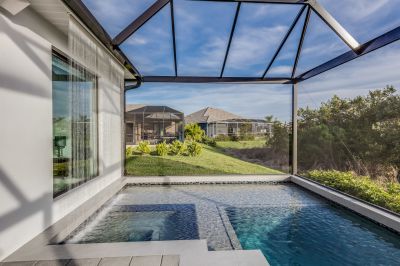
A sleek glass fence provides unobstructed views and a contemporary look.
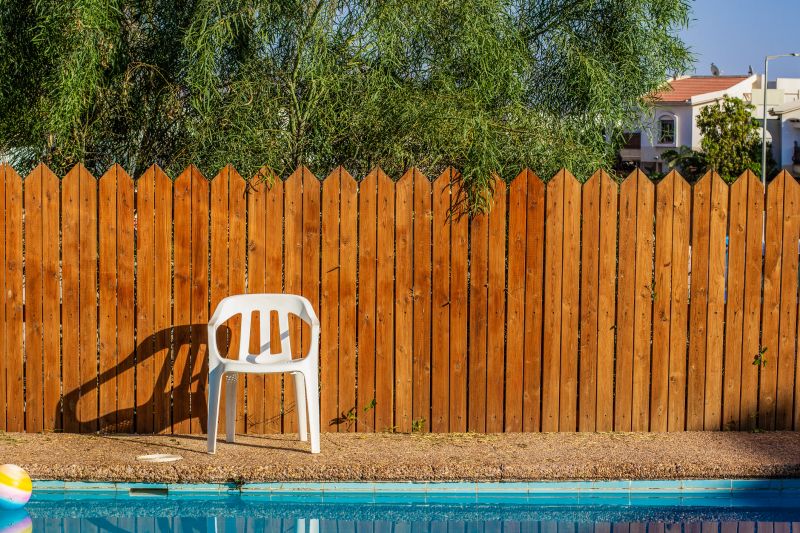
Wooden fences offer privacy and a classic aesthetic.

Durable and low-maintenance, aluminum fences are popular for safety and longevity.

Vinyl fences combine safety with ease of cleaning and maintenance.

Simple add-ons that improve Pool Fencings without blowing the budget.

High-end options that actually feel worth it for Pool Fencings.

Finishes and colors that play nicely with Pool Fencings.
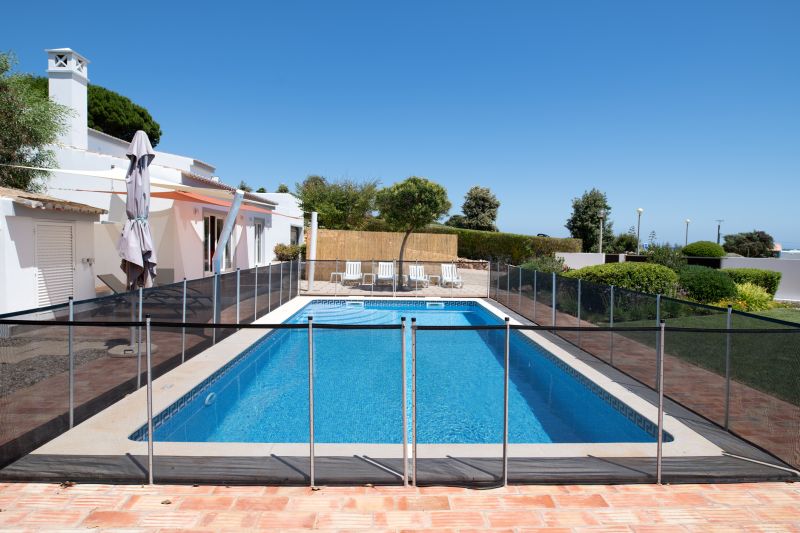
Little measurements that prevent headaches on Pool Fencings day.
Statistics indicate that properly installed pool fencing can reduce the risk of drowning incidents significantly. The Centers for Disease Control and Prevention (CDC) reports that four-sided fencing around residential pools can prevent up to 83% of drownings involving young children. Ensuring the fencing meets all safety standards and is maintained properly is essential for maximizing safety benefits.

Secure locking mechanisms are vital for safety and compliance.
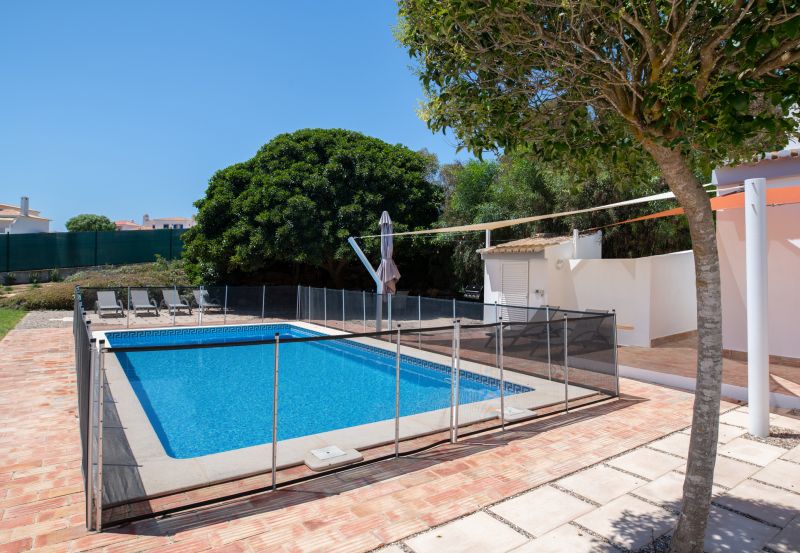
Designs often include self-closing and self-latching gates.
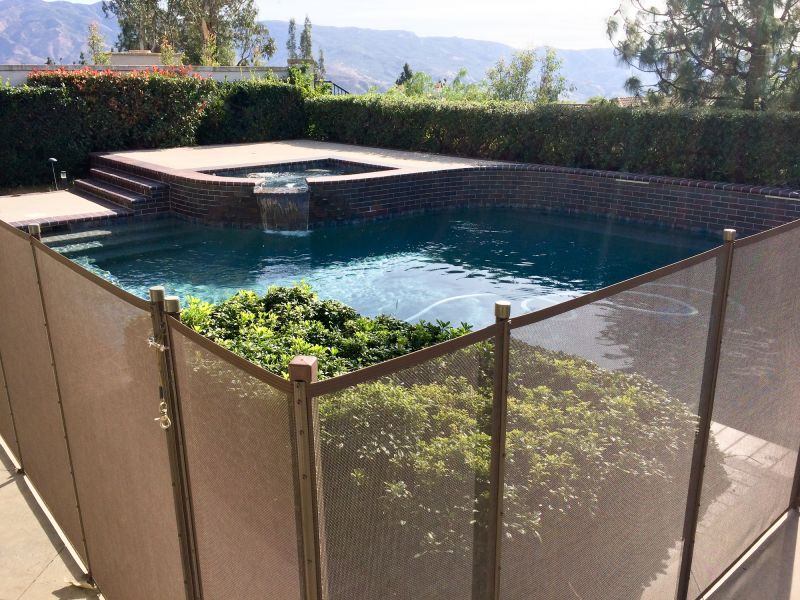
A well-installed fence offers peace of mind for homeowners.
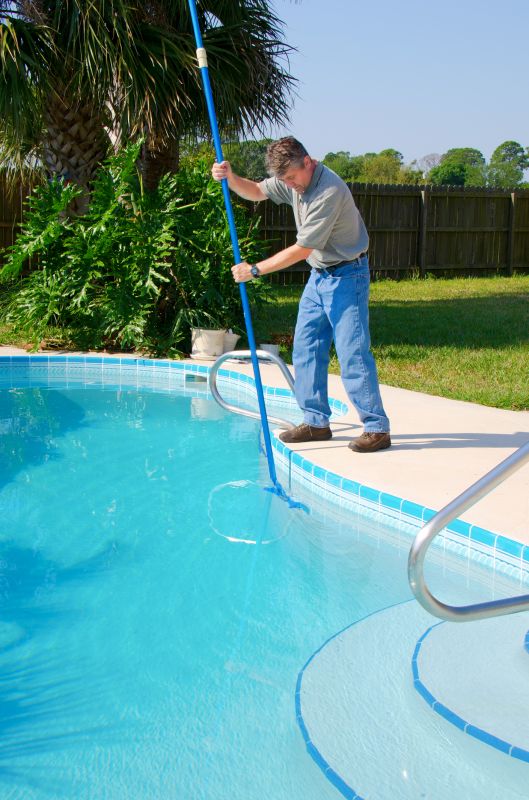
A 60-second routine that keeps Pool Fencings looking new.
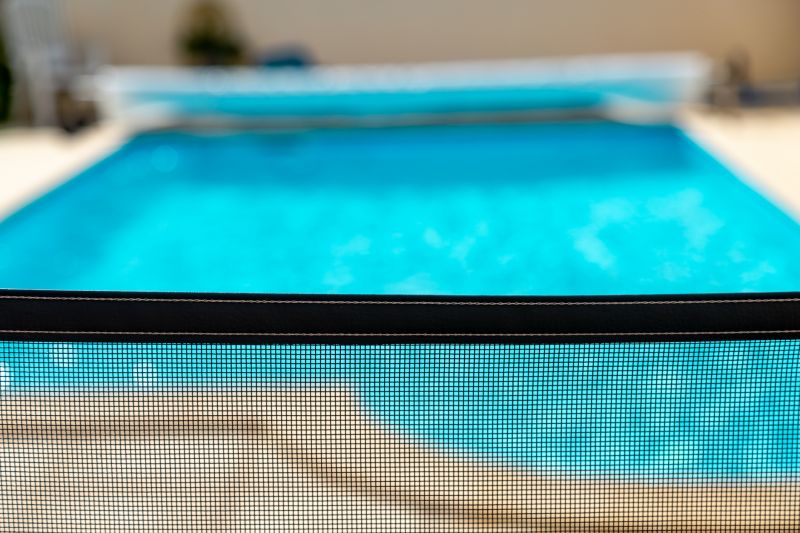
A frequent mistake in Pool Fencings and how to dodge it.

Small tweaks to make Pool Fencings safer and easier to use.
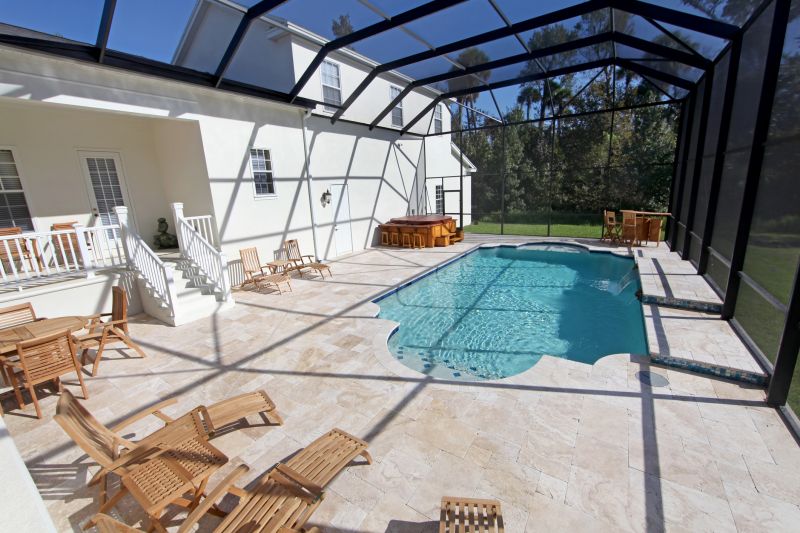
Lower-waste or water-saving choices for Pool Fencings.
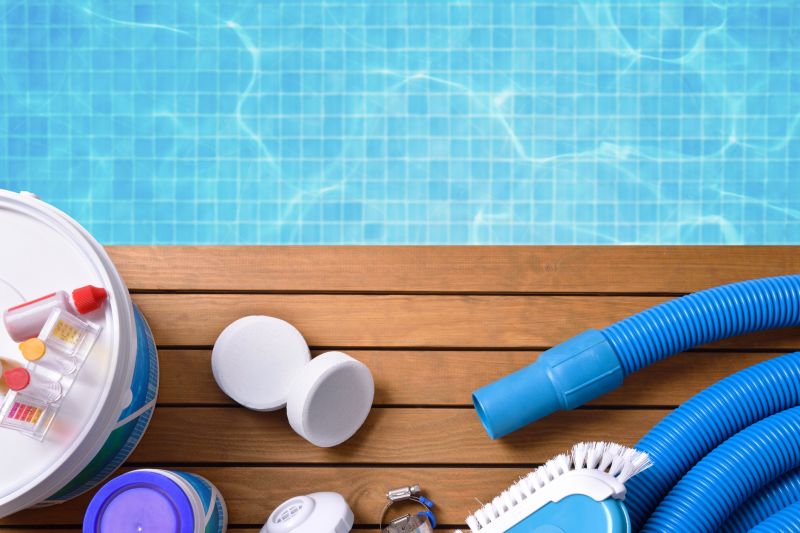
The short, realistic tool list for quality Pool Fencings.
Interested in installing pool fencing? Filling out the contact form can provide more information and help plan the best approach for specific needs and local requirements.



